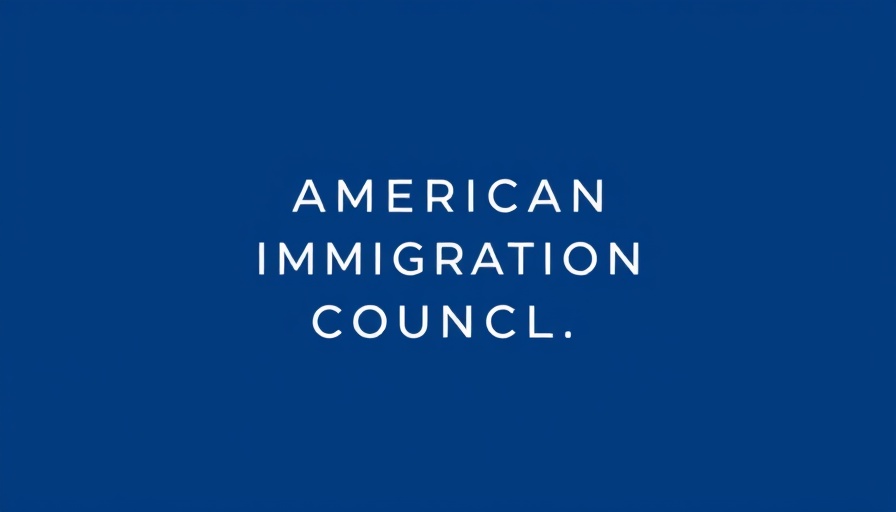
The Real Americanization Challenge: A Closer Look
The cultural landscape of the United States is constantly evolving, shaped significantly by immigration. Yet, the challenge of Americanization—whereby immigrants and their descendants integrate into the broader American society—remains a pressing concern. As highlighted by U.S. Representative Delia Ramirez's recent remarks emphasizing her Guatemalan heritage, it prompts a critical conversation about identity and assimilation in America.
The Role of Assimilation in a Diverse Society
Representative Ramirez’s assertion at a gathering in Mexico City, where she proclaimed, “I’m a proud Guatemalan before I’m an American,” underscores a difficulty within the assimilation narrative. The statement signals the need for a balance between maintaining one's cultural identity and embracing the American ethos. This echoes the sentiments of Andrew Beck in his discussion on “Assimilation and Its Discontents,” which brings to light the expectations we place on both immigrants and ourselves.
America’s Commitment to Assimilation
At the heart of the Americanization challenge lies America’s own commitment—or lack thereof—to assimilation. As noted, many immigrants are learning to navigate their new lives but may feel little encouragement to fully integrate into American society. There is a cultural lesson here: as explained by a former superior of Krikorian, the way we treat people sets the tone for their integration journey. If Americans demonstrate a lack of interest in those who come to our shores, then it’s no surprise that newcomers may opt to retain their own cultural practices.
Hope Amidst Challenges
Despite these challenges, there remain encouraging signs. High intermarriage rates between immigrants and Americans indicate a gradual merging of cultures. By decreasing immigration inflows and ramping up efforts towards assimilation, there is potential for a brighter future. As George Washington envisioned, the prospect of creating a unified populace through a rich tapestry of diverse backgrounds can still be realized.
The Americanization challenge is manifest, yet it is one that America can overcome. Embracing both diversity and commonality may very well become our nation’s greatest strength moving forward.
 Add Row
Add Row  Add
Add 




Write A Comment